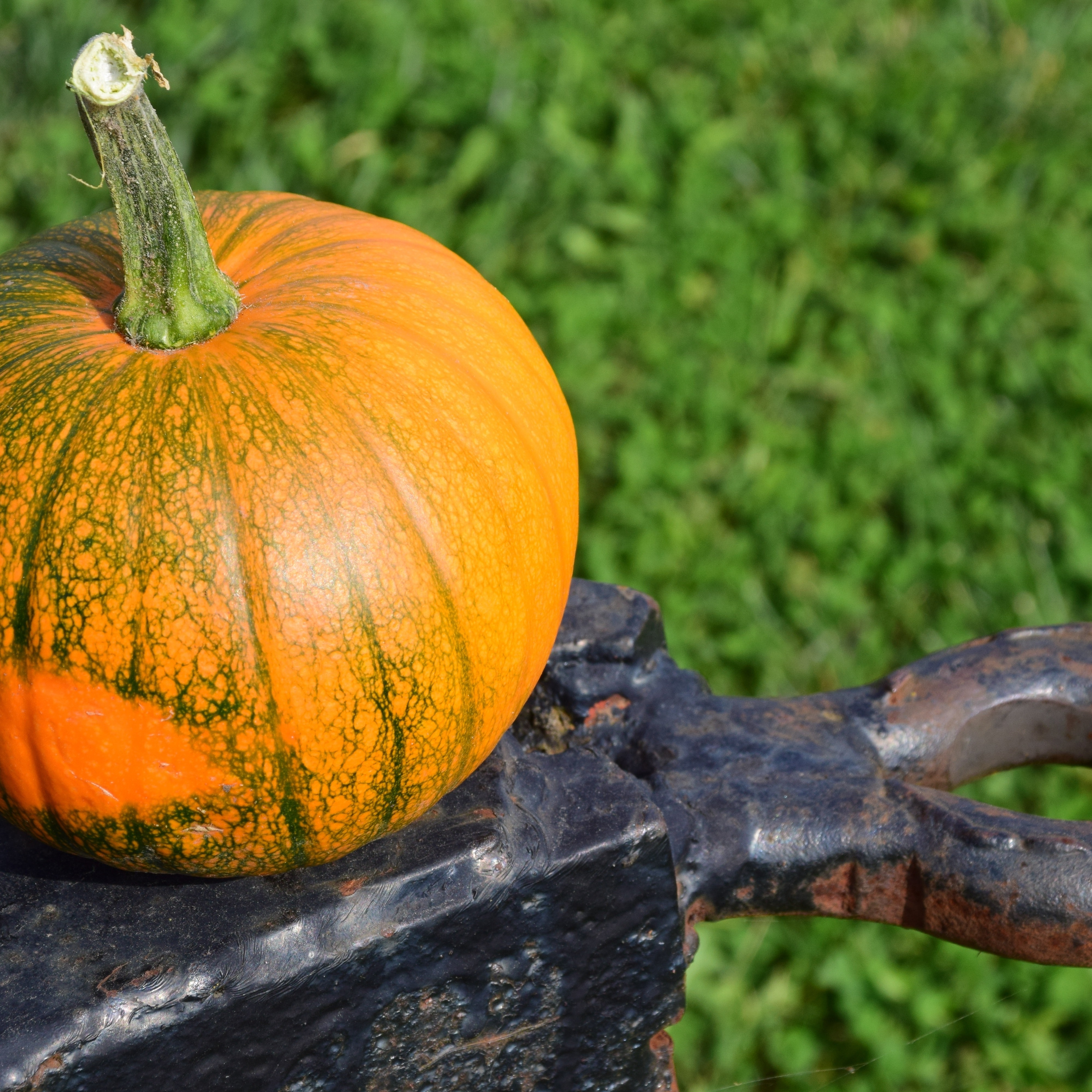
Introduction
Summer squash, also known as courgette, is a versatile and fast-growing vegetable that can be grown successfully in the United Kingdom. With its tender flesh and mild flavor, growing summer squash in your garden can be a rewarding experience. In this comprehensive guide, we will walk you through the process of growing summer squash, from selecting the right variety to providing the necessary care for a bountiful harvest. Let's get started!
Choosing the Right Variety
When it comes to summer squash, there are several varieties suitable for the UK climate. Here are some popular choices:
- 'Green Bush': A popular variety known for its compact growth habit and abundant yields of dark green fruits.
- 'Yellow Crookneck': This variety produces bright yellow, crookneck-shaped fruits with a mild flavor.
- 'Pattypan': An outstanding variety that offers small, saucer-shaped fruits in various colors, including yellow, green, and white.
- 'Tromboncino': This variety has long, curved fruits that resemble trombones and can be harvested as both summer squash and winter squash.
Sowing and Planting
Summer squash is typically grown from seeds. Follow these steps to sow and plant your summer squash:
- Sowing method: Directly sow summer squash seeds in the garden after the last frost date. Plant them about 1 inch deep and space them 18-24 inches apart in rows that are 36-48 inches apart.
- Transplanting: If you started seeds indoors, transplant the seedlings into the garden once they have developed a few true leaves.
- Soil conditions: Summer squash prefers well-drained soil that is fertile and rich in organic matter. Prepare the soil by incorporating compost or well-rotted manure.
- Watering: Water the soil thoroughly after sowing or transplanting to help the plants establish their roots.
Growing
To ensure healthy growth and a bountiful harvest of summer squash, consider the following tips:
- Sunlight: Summer squash plants thrive in full sun. Aim to provide them with at least 6-8 hours of direct sunlight each day.
- Watering: Keep the soil consistently moist, especially during dry spells. Summer squash requires regular watering to promote growth and prevent stress.
- Soil conditions: Summer squash prefers well-drained soil that is rich in organic matter. Mulching around the plants can help retain soil moisture and suppress weeds.
- Fertilizing: Apply a balanced fertilizer or side-dress with compost or well-rotted manure during the growing season to provide additional nutrients.
- Harvesting: Summer squash fruits can be harvested when they are young and tender. Cut the fruits from the vine using a sharp knife or pruners, leaving a short stem attached.
Conclusion
Growing summer squash in the United Kingdom allows you to enjoy the tender flesh and mild flavor of this versatile vegetable. By choosing the right variety, providing proper care, and addressing common challenges, you can cultivate healthy summer squash plants that add a touch of freshness to your culinary creations. Whether you use them in stir-fries, grilled dishes, or as a substitute for pasta, homegrown summer squash will surely enhance your culinary experiences. Happy summer squash growing!